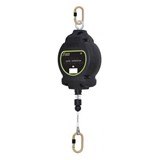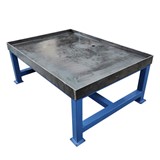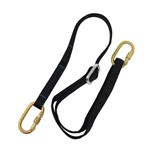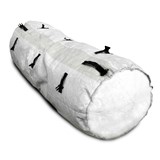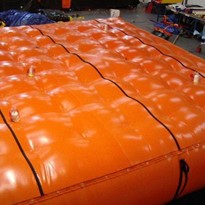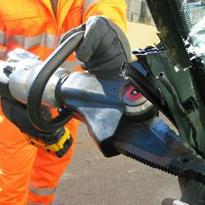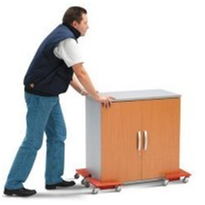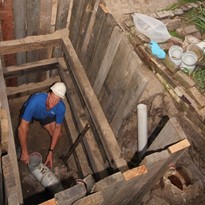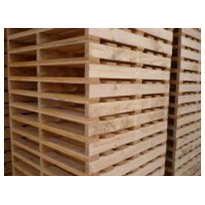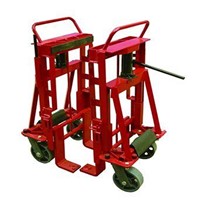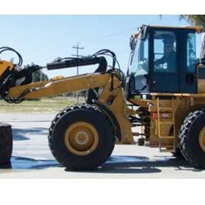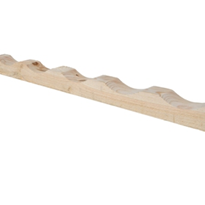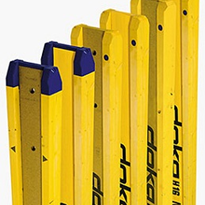Yet remarkably timber is still widely used as a propping product across the mining, agriculture, construction and engineering sectors. For various reasons, industry has so far failed to properly educate itself on this dangerous practice.
So what exactly are the downsides to timber as an industrial blocking and cribbing tool?
Firstly, timber is not a tool
While dunnage and blocks made of timber have traditionally been used for blocking and cribbing in industrial applications, these products are not engineered as fit-for-purpose tools for supporting machinery and equipment when carrying out assembly, repairs and maintenance tasks.
"The problem is that when people take random pieces of timber to use as support devices, they don't actually know anything about the species or state of the timber. It might be a piece of pine," says Tony Brooks from Cribbing & Matting Co. "Timber is not a tool. Only quality manufactured cribbing blocks and specially designed metal stands can be recognised as purpose-built tools for stabilising heavy equipment."
The hidden dangers of timber
The structural integrity of timber – or lack of it – often cannot be identified until it's too late. "A block may be perfect the day you buy it, but the danger comes as it ages and gets exposed to certain elements. Timber in moist conditions will absorb water and become structurally unsound, while timber exposed to excessive heat becomes brittle,” says Brooks. “When wood creaks, for example, it is the sound of internal grain ruptures like splits and cracks rubbing together. At this stage the damage has already occurred, and the creaking sound is a warning."
When the load-bearing effectiveness is compromised, timber can catastrophically fail. "Timber in a working environment can be exposed to chemicals, solvents, fuels and other contaminants, so if you get a splinter it might be contaminated by a foreign body object, which has the potential to make any injury significantly worse," says Brooks.
A crate filled with risk
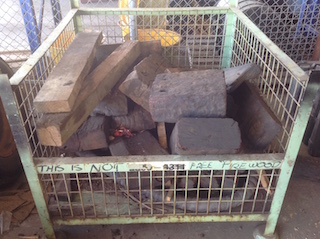
Brooks recently visited a well-known machinery service provider, where he discovered a dirty stockpile area and a storage crate filled with different-sized timber blocks, covered in what appeared to be grease and oil. Scribbled on the crate was a label stating that the contents were "not free firewood".
External damage such as splits, localised compression dents, and missing edges where sections had broken away characterised the overall poor condition of the timber.
With years of experience in cribbing and blocking, Brooks identified this scene as evidence of the lack of understanding that continues to plague the industry.
"Clearly the label on the crate was to warn would-be pilferers that this timber had a workshop purpose," says Brooks. "The best technology is grossly underutilised. Once people gain an appreciation for the flexible alternatives, I believe the take-up will undoubtedly rise."
The engineered alternative
What makes a plastic engineered cribbing block superior to timber? "It has a specific chemical composition that is constantly repeated, it has a quality manufacturing process that ensures all products are the same – plus or minus five per cent – and it possesses uniform load-bearing capacity across the entire block."


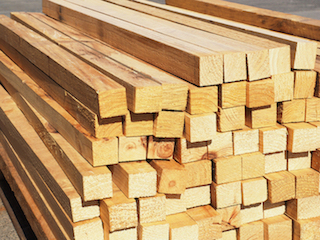
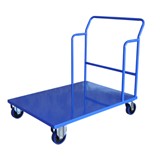

-160x160-state_article-rel-cat.png)




